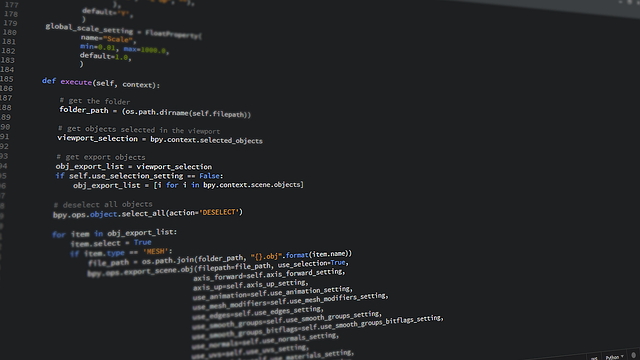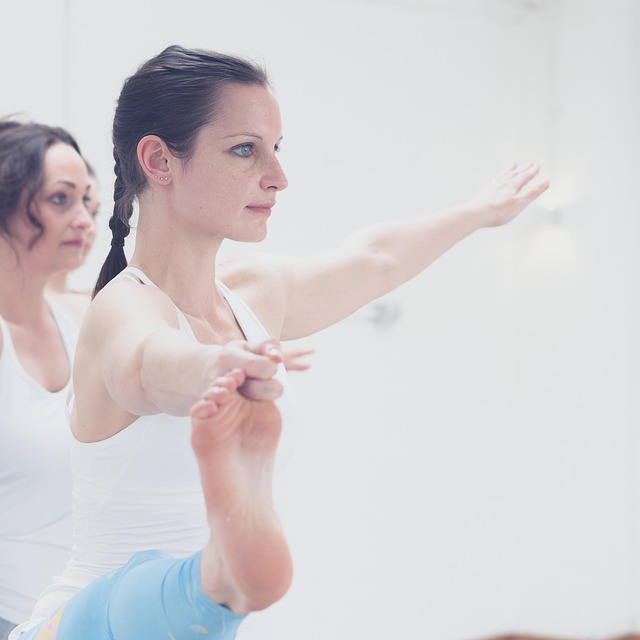When a photographer steps into a scene, the first logical decision is how to capture the light that shapes the image. Exposure is the sum of three variables—aperture, shutter speed, and ISO—that together decide how much light reaches the sensor. Understanding these variables, and how they interact through the optics of the lens, is the foundation of mastering exposure. The logical approach to exposure treats each factor as a controllable element, allowing the photographer to craft a desired visual outcome with precision.
A Logical View of the Exposure Triangle
While the exposure triangle is often presented as a simple balance, a logical analysis reveals deeper interdependencies. Aperture controls the depth of field and the amount of light; shutter speed governs motion blur and light capture; ISO influences sensor sensitivity and noise characteristics. The logical interplay between these settings ensures that a photographer can achieve a correct exposure without sacrificing creative intent.
- Aperture (f-number): The size of the lens opening; a smaller f-number (e.g., f/2.8) lets in more light and creates a shallower depth of field.
- Shutter Speed: The duration the sensor is exposed to light; faster speeds freeze motion, while slower speeds can introduce intentional blur.
- ISO: The sensor’s sensitivity multiplier; higher ISO amplifies light but also increases digital noise.
How Lens Optics Alter the Exposure Equation
The optics of a lens—its glass construction, coatings, and aperture mechanism—directly influence the logical calculation of exposure. Modern lenses incorporate multi-coated elements to reduce flare and ghosting, which preserves the true light level reaching the sensor. Furthermore, some lenses have built-in metering data that helps the camera calculate a more accurate exposure value based on the lens’s optical properties.
“Every lens is a gatekeeper of light; its design determines how much light is transmitted, how it’s distributed, and how accurately the camera can gauge that light.” – Anonymous Optical Engineer
Practical Logical Techniques for Exposure Control
In the field, a logical approach to exposure involves a series of methodical steps. These steps reduce guesswork, ensuring consistent results across varied lighting conditions. Below is a streamlined workflow that photographers can adopt.
- Measure the Scene: Use the camera’s built‑in light meter or a handheld meter to gauge the brightness of key areas.
- Choose a Base Setting: Start with a middle‑ground exposure (e.g., f/8, 1/125s, ISO 100) and adjust from there.
- Apply Exposure Compensation: If the meter indicates under‑exposure or over‑exposure, adjust by one or two stops to align with the photographer’s intent.
- Lock the Aperture: Select a depth of field that suits the composition and lock it to maintain consistency.
- Set Shutter Speed for Motion: Determine if the subject is moving; use a faster shutter to freeze or a slower one for creative blur.
- Adjust ISO for Noise Management: Keep ISO as low as possible while ensuring the sensor receives enough light.
- Verify with Histogram: Check the histogram to confirm that highlights and shadows are balanced.
The Role of Exposure Value (EV) in Logical Adjustments
Exposure Value (EV) is a numerical representation of the combination of aperture and shutter speed that delivers a certain brightness level at a standard ISO of 100. By mastering EV, a photographer can translate a desired brightness level into concrete settings regardless of the lens or camera model. Logical EV calculation simplifies the decision process: if you need to brighten the image by one stop, increase EV by one; to darken by two stops, decrease EV by two.
Real‑World Scenario: Outdoor Portrait in Midday Light
Suppose a photographer is shooting a portrait under bright midday sun. A logical strategy begins by measuring the light on the subject’s face. The meter reads 15,000 lux, which typically yields a bright exposure. The photographer selects a moderate aperture (f/5.6) to keep the subject sharp while allowing some background blur. With ISO set to 100, the camera’s metering suggests a shutter speed of 1/500s. If the subject is slightly moving, the photographer may slow the shutter to 1/250s for a gentle motion blur, compensating by opening the aperture to f/4 or increasing ISO to 200. The resulting image maintains logical exposure while achieving the desired artistic effect.
Logical Exposure in Low‑Light Situations
Low‑light scenarios force the photographer to stretch the logical limits of the exposure triangle. Here, the key is to prioritize ISO and shutter speed before aperture, as large apertures may not suffice to achieve adequate light. A typical approach is:
- ISO: Increase ISO incrementally, monitoring noise levels.
- Shutter Speed: Slow down the shutter as long as the subject remains stationary; for moving subjects, use a faster shutter or tripod.
- Aperture: Open to the widest setting available, but be mindful of depth‑of‑field restrictions.
For example, capturing a candlelit dinner might involve ISO 1600, shutter speed 1/30s, and aperture f/2.8 on a modern sensor with excellent low‑light performance. The logical choice balances noise and motion blur to produce a clean image.
Using Exposure Compensation Logically
Exposure compensation is a tool that adjusts the camera’s automatic exposure by a set number of stops. The logical use of this feature is most effective when the camera’s meter is fooled by high‑contrast scenes—such as a white subject against a dark background. By applying +1 or +2 stops, the photographer can prevent under‑exposure of the subject while maintaining a logical balance across the image.
Case Study: Backlit Landscape
When shooting a landscape with the sun behind the mountains, the camera’s meter tends to over‑expose the foreground. A logical solution is to set exposure compensation to -1 stop, allowing the mountains to retain detail. Alternatively, a graduated neutral density filter can reduce the brightness of the sky without affecting the foreground. Both methods demonstrate logical handling of exposure to maintain tonal fidelity.
Advanced Logical Techniques: Bracketing and HDR
High Dynamic Range (HDR) photography involves taking multiple exposures at different settings and merging them digitally. The logical procedure involves:
- Setting a base exposure.
- Bracketing by +/−1 or +/−2 stops.
- Capturing the series.
- Merging using software to produce a balanced final image.
Logical bracketing ensures that all key tones—from darkest shadows to brightest highlights—are captured within the sensor’s dynamic range.
Conclusion: The Logical Path to Mastering Exposure
Exposure mastery is less about instinct and more about applying a logical framework to the interplay of aperture, shutter speed, ISO, and lens optics. By treating each variable as a quantifiable element, photographers can predict outcomes, avoid pitfalls, and consistently deliver images that meet their creative vision. The logical mindset turns the art of exposure from a guessing game into a science that can be mastered with practice, patience, and a clear understanding of the underlying principles.



